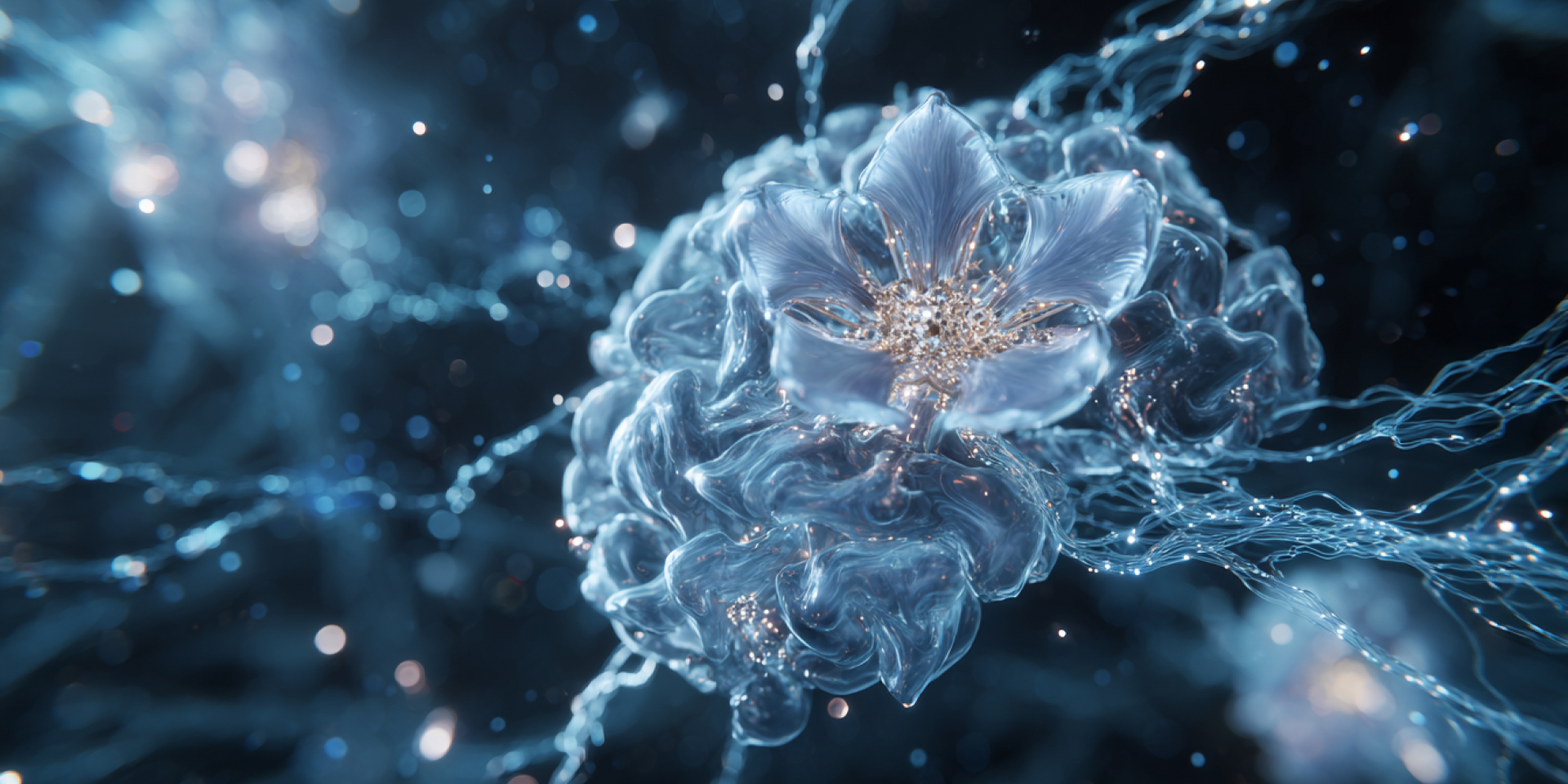Tiny, flower-shaped metallic particles could revolutionize the fight against neurodegenerative diseases by acting directly on the “power plants” of our neurons. Developed by Texas A&M University, these “nanoflowers” promise to protect and potentially regenerate brain cells at the root of the problem.
The Problem: When the Brain’s Batteries Run Down
Our brain depends on mitochondria, cellular organelles that function like tiny batteries, converting food into energy. However, this process generates a toxic byproduct: reactive oxygen species (oxidative stress). If these unstable molecules accumulate, they damage brain tissue. With aging and in diseases like Alzheimer’s or Parkinson’s, mitochondria become less efficient, producing less energy and more harmful “waste.”
The Solution: Invisible Flowers to Optimize Energy
This is where nanoflowers come in. These structures, invisible to the naked eye, do more than just counteract damage. Thanks to their unique shape and composition, they can optimize mitochondrial performance, restoring balance within the cell. In practice, they “repair” the cellular batteries, reducing oxidative stress and improving energy efficiency. The result is a brain that is potentially more resistant to aging and degeneration.
From the Test Tube to the Organism: Proof of Efficacy
The research team, led by Professor Dmitry Kurouski, has achieved remarkable results:
- On human cells: In just 24 hours, exposing neurons and astrocytes (key cells of the nervous system) to the nanoflowers led to an increase in the number of mitochondria and a sharp drop in oxidative stress.
- On a living organism: To test the neuroprotective effect on an entire system, the researchers used the worm Caenorhabditis elegans. Specimens treated with the nanoflowers lived longer and showed lower early mortality, confirming the technology’s potential.
A New Paradigm for Neurology
This discovery could represent a paradigm shift. Unlike the few drugs available today, nanoflowers could give rise to a new class of more precise and effective molecular therapies. The significance of the discovery has prompted Texas A&M to file a patent for the use of this technology in brain health.
Now, the researchers, in collaboration with the College of Medicine, are preparing to test its safety and efficacy on more complex animal models, a crucial step before human studies can be considered. Beyond neurodegenerative diseases, applications are also envisioned for treating strokes and spinal cord injuries.
The road to clinical application is still long, but the research, published in the Journal of Biological Chemistry, has planted a seed—or rather, a nanoflower—for new hope in treating diseases that affect the mind.






